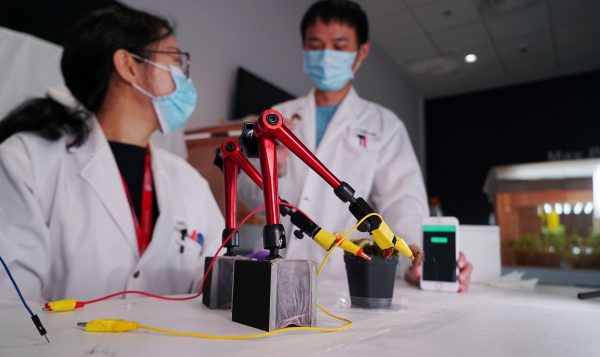The closing decade of the 20th century was a performative moment in the globalisation of higher education. Many anglophone universities increased their cross-border activities by entering into ‘mutually beneficial’ transnational partnerships with universities elsewhere. These partnerships consolidated their neoliberal credentials and allowed them to cede responsibility for fiscal and operational matters to these transnational partners.
Singapore rode this wave of globalisation, pioneering a novel form of cross-border education that involved bankrolling and leveraging the global reputations of a group of ‘world class’ universities. At the same time, capacity-building policies were introduced to push local universities to leapfrog others in the global rankings. New institutions such as Singapore Management University and the Singapore University of Technology and Design were established, drawing on the tutelage of selected US universities. With policymakers looking to foreign institutions to remake Singapore into a ‘knowledge-based economy’, government policy mirrored an earlier development blueprint where multinationals were supported to drive Singapore’s industrialisation.
Three decades on, how have Singapore’s education hub aspirations fared? INSEAD Business School, an original ‘world class’ invitee, remains firmly anchored in Singapore and two flourishing medical schools have emerged through transnational partnerships with Duke University and Imperial College.
But an early casualty of this push was Australia’s University of New South Wales, which announced its closure in 2007 after just one semester. After 14 years, the Chicago Booth Graduate School of Business moved to Hong Kong to position itself closer to an anticipated Chinese market. New York University’s Tisch School of Arts arrived in 2007 and closed its operations in 2015. A significant surprise announcement came in 2021 — Yale-NUS College, a partnership between Yale University and the National University of Singapore, will cease to operate after 2025.
The common thread connecting many discontinued transnational education partnerships concerns sustainability, profitability and scalability. Partner institutions seeking global visibility must eventually confront the issue of sustainability as they strive to augment their profiles and provide excellent student and learning experiences. Finances aside, a branch campus model based on centre-periphery relations is unsustainable. Models that rely on fleeting, fly-in fly-out encounters can work against mutually respectful relationships, complicating prospects for joint research and curriculum development.
There has also been no shortage of commentary on the illiberal positions taken by host countries on academic freedom, freedom of speech and association, labour rights and the rights of minorities. This scrutiny should extend to the conduct of partner universities that are entangled in practices of ‘academic capitalism’. Whether courting controversial individuals or governments, the fantasy of developing an institution that is ‘world class’ can lead universities to lose sight of their moral and intellectual responsibilities. Corporate practices performed by universities in the name of knowledge-driven innovation are also contributing to the endurance of colonial logics.
So, what is ahead for Singapore’s student and knowledge hub post-COVID-19? Migration data, including international student data, is not released by the government, making it difficult to offer a comprehensive analysis of current and future demand. In a parliamentary speech in 2008, the Minister for Trade and Industry reported that Singapore had attracted 86,000 international students and was on track to achieve its goal of 150,000 international students by 2020. Following electoral backlash in 2011, this policy target was quietly revised. Presently, international student numbers at public universities are capped at 10 per cent of the domestic student population.
Developments in other destination countries will play a part in how Singapore’s higher education aspirations fare. The prospects for an entirely digitalised international higher education system remain uncertain. Some things can’t be digitalised satisfactorily; students everywhere desire conviviality and community. The pandemic-driven closure of Australian borders, now into its second year, may steer students towards a regional study destination like Singapore. And perceptions of xenophobia in traditional Western study destinations (plus China-related trade and geopolitical rivalries) may re-orient student mobilities away from countries like Australia and the United States.
Should this occur, Singapore may be well-placed to recruit regional international students and researchers. Fully vaccinated international students have been allowed to return to Singapore to commence or resume in-person study. But more recent public health concerns have prompted the government to take a more conservative approach to international student recruitment. The city-state’s management of the pandemic received early praise but its plans to ‘live with the virus’ have been hampered by the highly transmissible Delta strain.
The academic quality of its universities and strong state support for research and development activities suggest that Singapore will continue to consolidate its reputation as an education and knowledge hub. Its ‘Temasek model’ — investing in foreign institutions and foreign talent — will need to be recalibrated to counter an ‘affective divide’ between citizens and the ruling elite. If Singaporeans are perceived to be displaced from public universities, marginalised from employment opportunities and denied a social safety net, they are unlikely to welcome international students into the future.
Ravinder Sidhu is Associate Professor at the School of Education, University of Queensland.

